Sault Ste Marie is the second largest city in the Upper Peninsula of Michigan. Marquette is the largest. The population of Sault Ste Marie is 13,000 so it is not a big city, but it has all the things you would expect to find in a much larger metro area. There are plenty of chain restaurants and lots of big box shopping.
But the heart of Sault Ste Marie is the Soo Locks and the small downtown area that surrounds them. The Rapids of the St. Mary River had always been a deterrent to navigation between Lake Huron, Lake Michigan and Lake Superior. The early Native Americans and the fur traders who lived in the area portaged around the rapids. The first Jesuit missionaries arrived in 1641 and called the place Sault (French for rapids) Ste Marie, or the Rapids of St. Mary.

In 1797, a canoe lock was built by the Northwest Fur Company on the Canadian side of the rapids. The locks were 30 feet long and 9 feet wide, just big enough for a fur trading canoe. After the War of 1812, Michigan, Wisconsin, and Minnesota opened to white settlement and the population expanded. Shipping along the St. Mary River expanded as well. But, as ship size expanded, the goods were portaged around the rapids in order to be transferred from one ship to another.
When iron and copper ore began to be mined in larger quantities, a better way to move the ore through the rapids was needed. This led to the building of the State Lock in 1855. This was a set of two locks that each raised or lowered ships 10 feet. The first ship through the locks was the Columbia which hauled 132 tons of iron ore through the locks.
By 1870 the State Lock was too small for all the ships traversing the locks. The Weitzel Lock was built in 1881 and was a single lock that raised and lowered ships 20 feet. The lock was 515 feet long and 80 feet wide. Soon the State Lock was obsolete. It was removed in 1896 and replaced with the first Poe Lock. This lock was 800 feet long and 100 feet wide. It was the first lock with steel gates instead of wooden ones.
The first Poe Lock was designed to handle four ships at once, but ship size continued to increase. In 1914 and 1919, two new locks were opened next to the Weitzel and the Poe. These two locks, the Davis and Sabin, were each 1,350 feet long and 80 feet wide. Because of increased steel demand during World War II, the Weitzel Lock was replaced with the MacArthur Lock which opened in 1943. Ninety percent of the iron ore used in the war effort came from mines along Lake Superior.
In 1969, the old Poe Lock was removed and excavation began for a bigger lock that could accommodate the super freighters traveling the Great Lakes. The new Poe Lock was 1,200 feet long and 110 feet wide. A new lock is being built on the site of the current Davis and Sabin locks. It will be the same size as the new Poe Lock.
The best place to watch ships entering and exiting the locks is the Observation Platform built beside the MacArthur Lock. I spent an hour watching ships going up and down in locks from this platform and I could have spent the entire afternoon. Like I said last week, I found the locks completely fascinating. The Observation platform is in a small, riverside park operated by the U.S. Army Corps of Engineers.
When we entered the park we were searched by an armed guard. We spent some time in the Corps of Engineers Visitors Center, which provided an excellent explanation of how the locks worked. It also had a lot of interpretive signs explaining the importance of the locks. After watching the ships passing through the locks, visitors can look at the other exhibits in the park, walk along the paths, or spend some time sitting by the fountain.
The Soo Locks are the heart of downtown Sault Ste Marie. The rest of the small, downtown area is tourist shops, restaurants, and county seat buildings. We did not stop at any of the shops downtown because we had our fill of tourist shops on Mackinac Island. On the day we visited the Soo Locks, Sandy and I walked back to the campground from the locks. It was less than two miles and most of the way we walked through riverside parks and along historic Water Street.
Water Street is the historic part of town. We walked past the site of Fort Brady, built in 1822. The fort was the site of the first American settlement in Sault Ste Marie. We also saw the Schoolcraft house, built by Henry Rowe Schoolcraft who was the Indian Agent for the area. One of Schoolcraft’s short stories was the basis of Henry Wadsworth Longfellow’s poem “Hiawatha.” Michigan’s second oldest home, the John Johnston house, was built in 1796 and is located on Water Street. Water Street has lots of waysides that tell the history of the area.
Sault Ste Marie is an interesting town to visit. If you go, be sure to set aside plenty of time to see the Soo Locks and watch the ships coming in and out. Perhaps you will be as fascinated by it as I was.

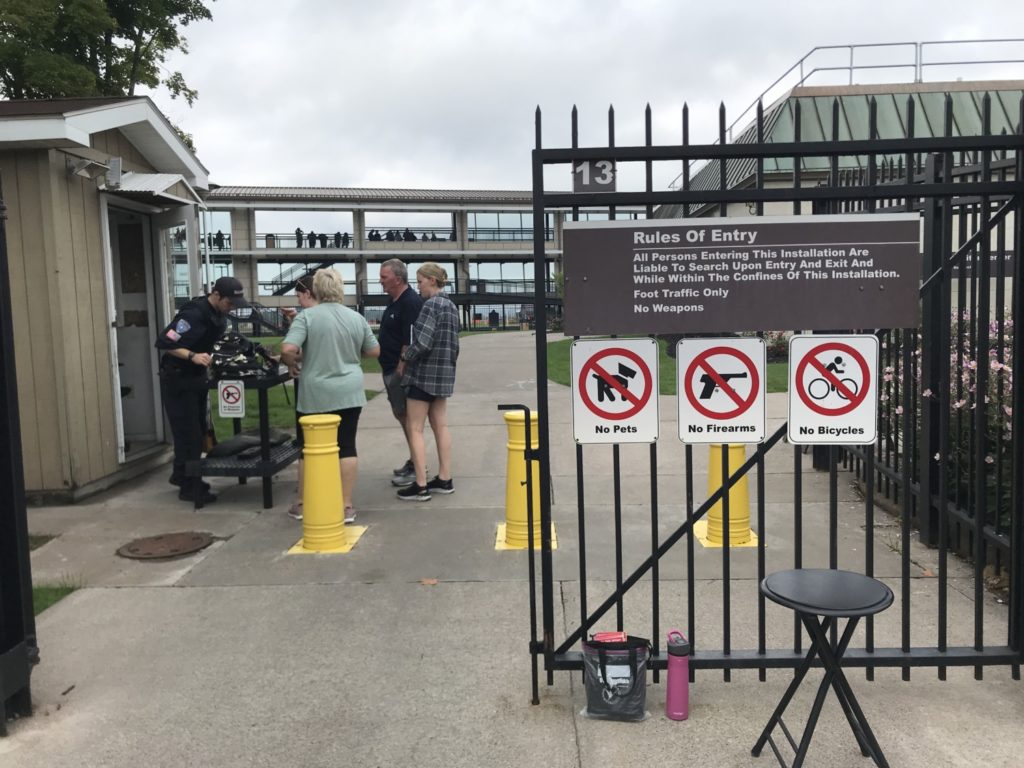
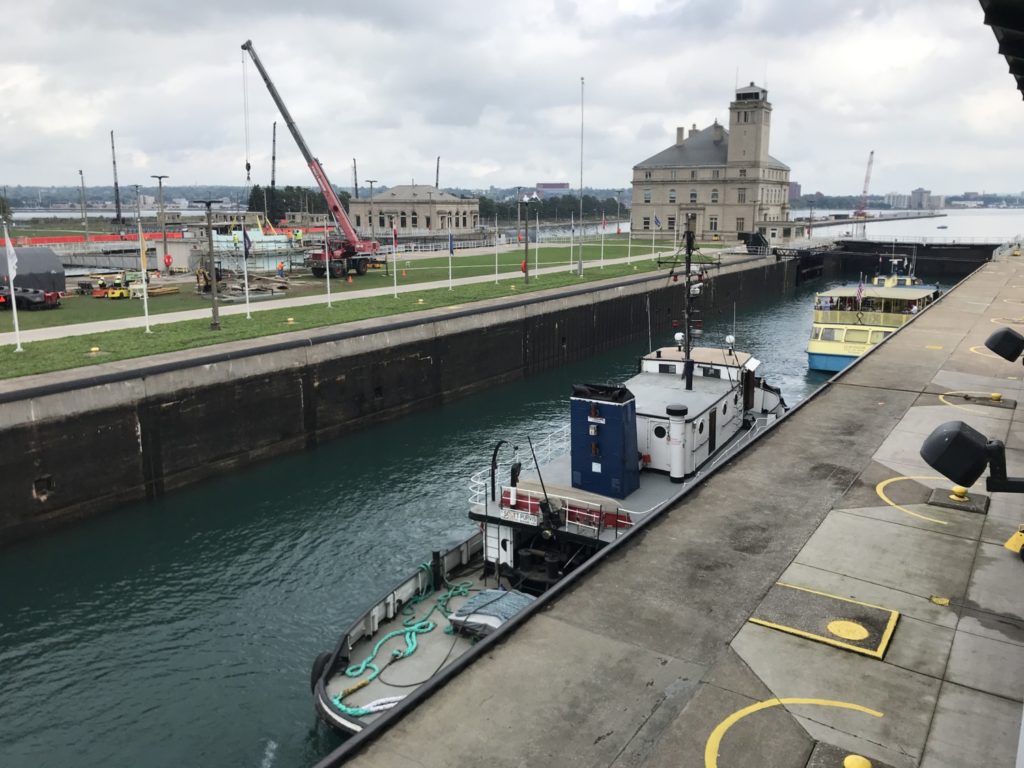
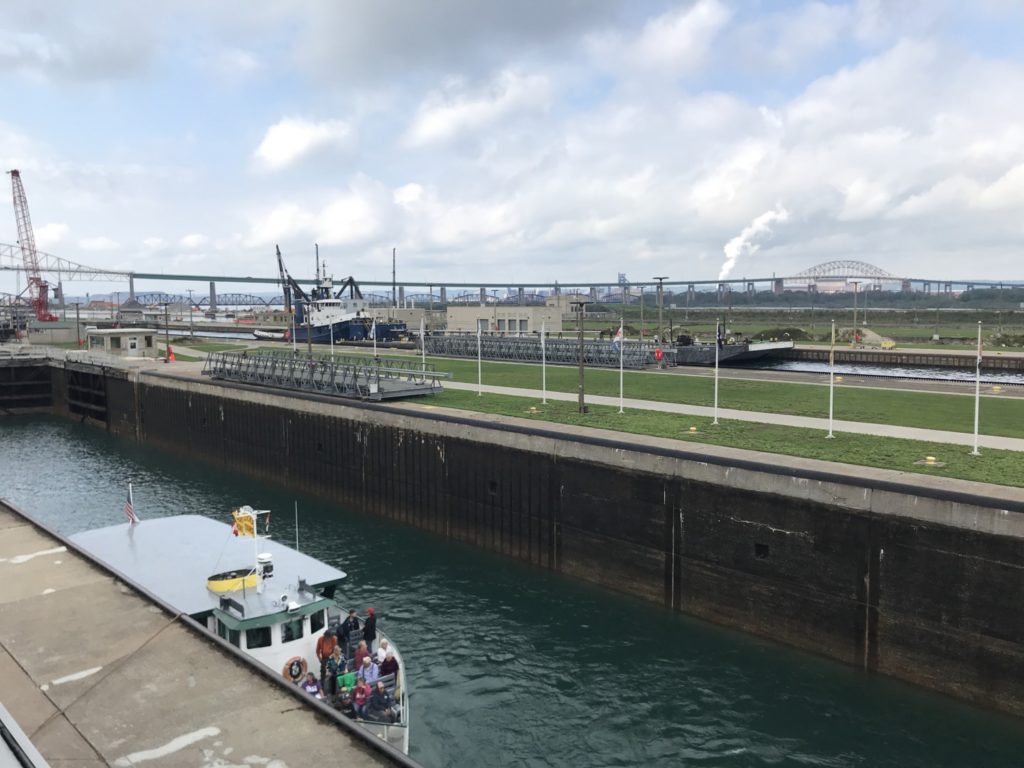

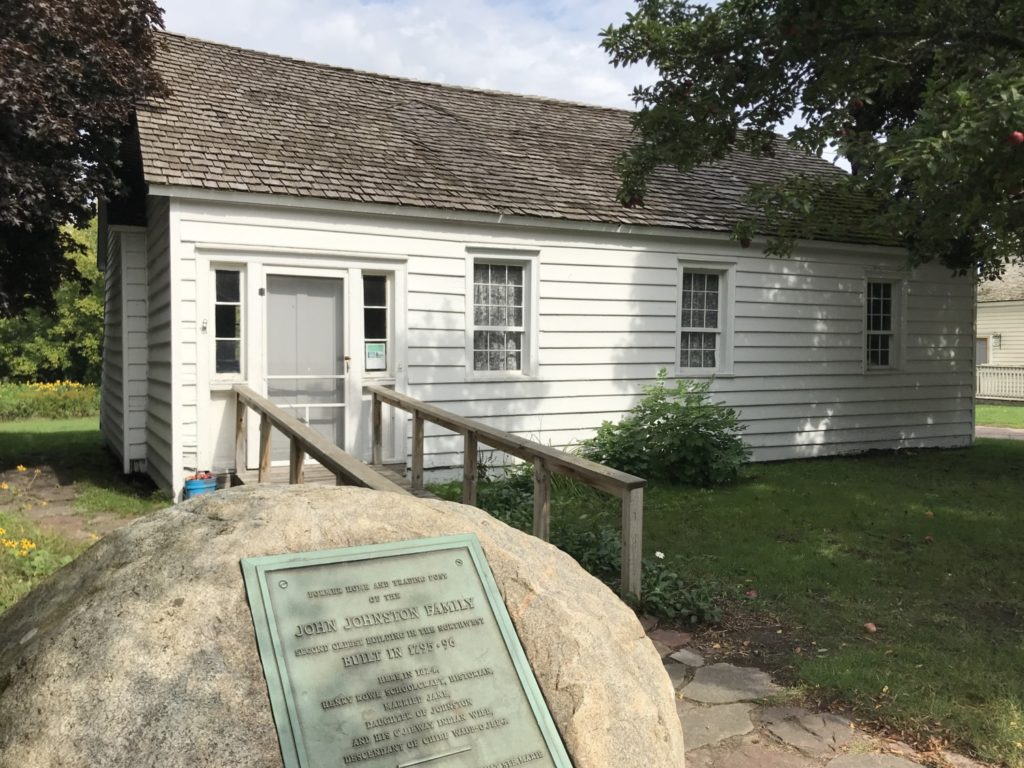
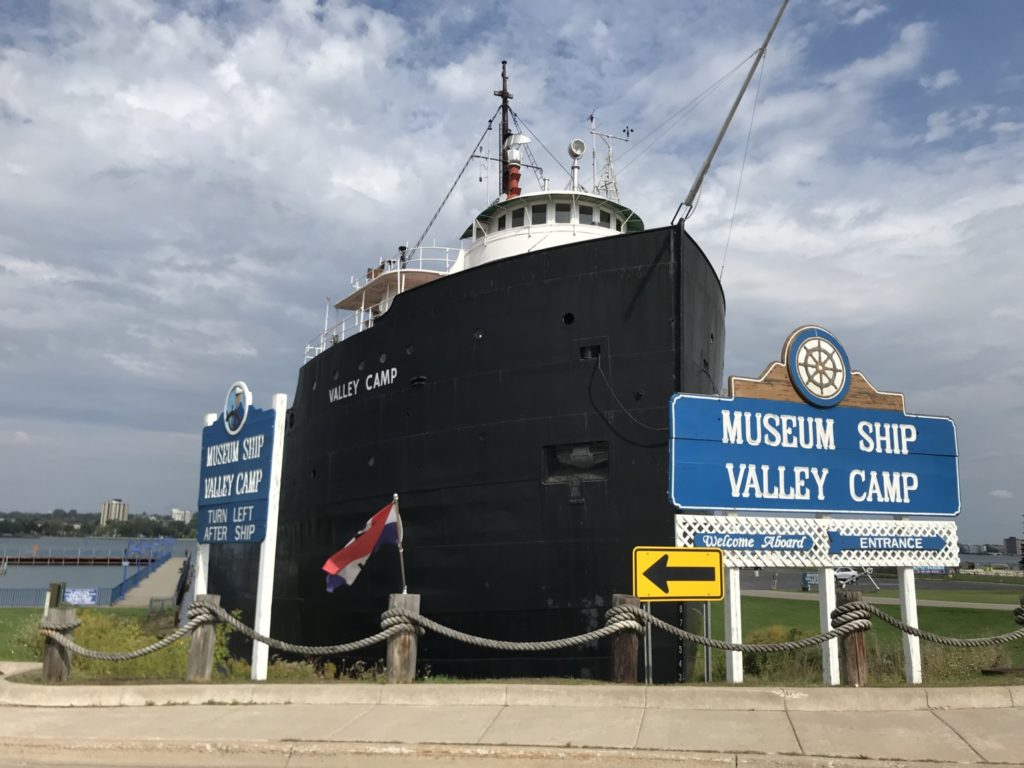
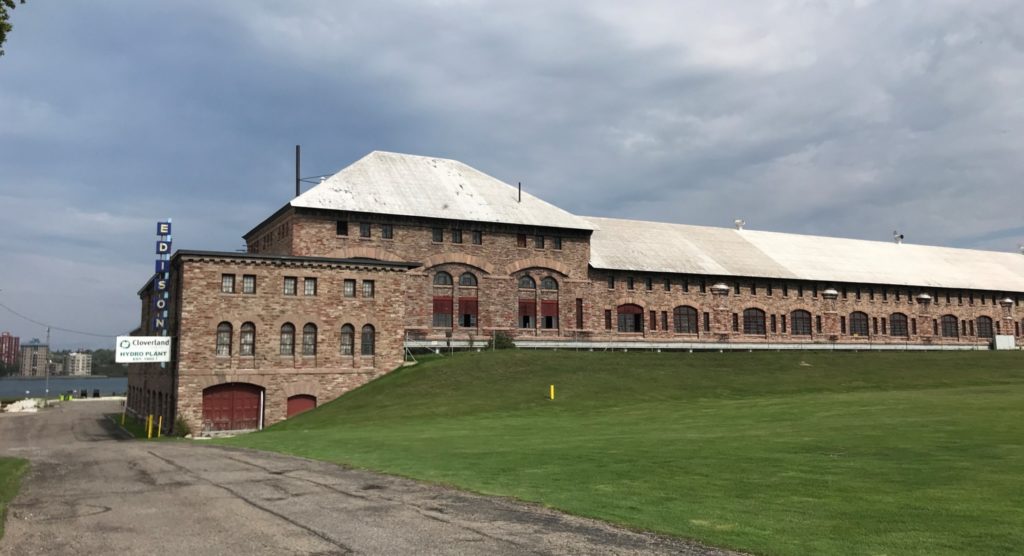
One comment